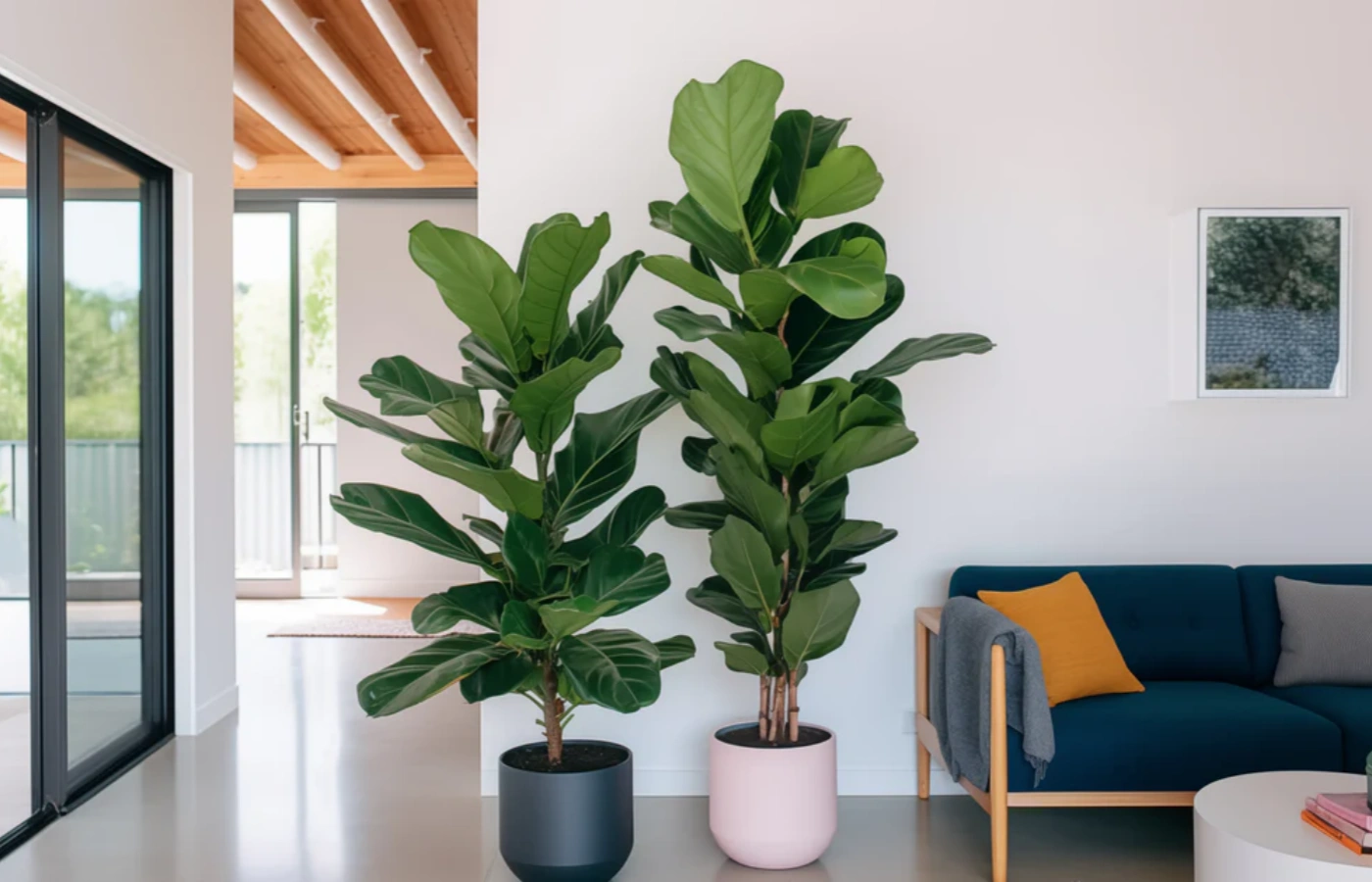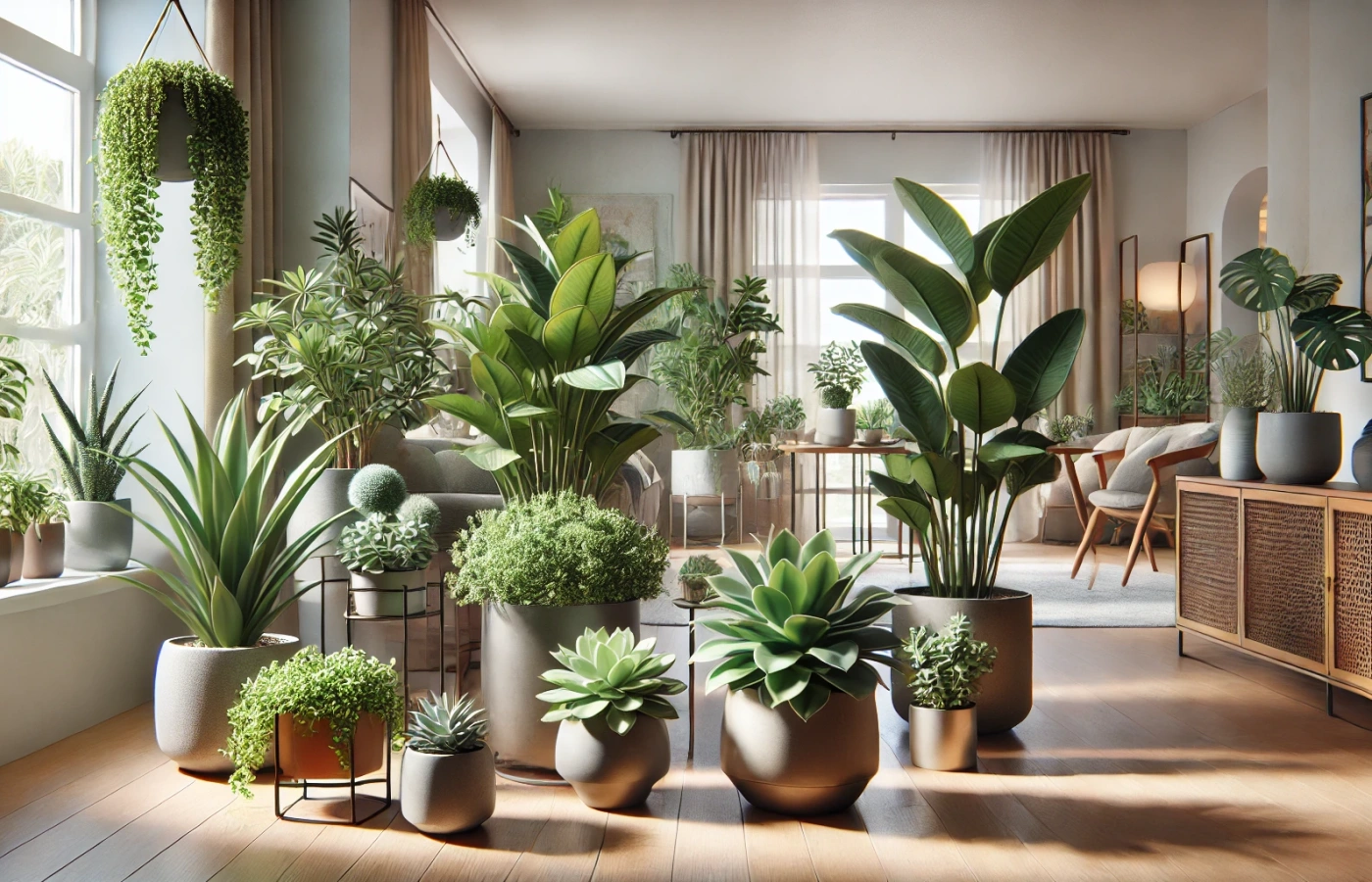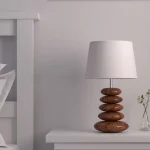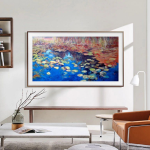Selecting the Right Potted Plants
1. Consider Your Space: Before purchasing potted plants, assess your available space. Consider factors such as light availability, humidity, and temperature. For example, succulents and cacti thrive in bright, dry conditions, while ferns prefer more humidity and indirect light.
2. Choose Low-Maintenance Options: If you’re new to gardening, start with low-maintenance plants like snake plants, pothos, or ZZ plants. These varieties are resilient and can tolerate neglect, making them perfect for beginners.
3. Match Your Lifestyle: Think about how much time you can dedicate to plant care. If you travel frequently or have a busy schedule, choose hardy plants that require minimal watering and care.

Essential Care Tips
1. Watering: Overwatering is a common mistake among plant owners. Always check the soil moisture before watering. Most potted plants prefer to dry out slightly between waterings. Use pots with drainage holes to prevent waterlogging.
2. Light Requirements: Understand the light needs of your plants. Some thrive in bright, direct sunlight, while others prefer low light. Position your plants accordingly to ensure they receive the right amount of light for optimal growth.
3. Fertilization: To keep your plants healthy, use a balanced fertilizer during the growing season (spring and summer). Follow the instructions on the fertilizer package to avoid over-fertilization, which can harm your plants.
Repotting and Maintenance
1. Repotting: As your plants grow, they may outgrow their pots. Repotting every couple of years ensures they have enough space for root development. Choose a pot that is one size larger and use fresh potting soil to provide essential nutrients.

2. Pruning: Regularly prune dead or yellowing leaves to promote healthy growth and improve the plant’s appearance. This also helps prevent pests and diseases.
Creating a Green Space
1. Grouping Plants: Create a visually appealing display by grouping plants of varying heights and textures. This not only enhances the aesthetic but also allows plants with similar light and water needs to thrive together.
2. Decorative Pots: Invest in decorative pots that complement your interior design. Stylish containers can elevate the look of your plants and seamlessly blend them into your home decor.
Conclusion
Potted plants are a wonderful addition to any space, providing beauty and numerous health benefits. By selecting the right plants and following essential care tips, you can create a thriving indoor garden that enhances your environment. Embrace the joy of plant ownership and enjoy the calming presence of greenery in your home or office. With a little attention and care, your potted plants will flourish, bringing life to your surroundings.

